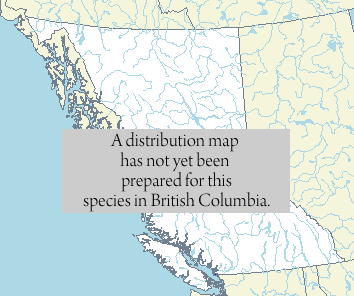Physeter macrocephalus Linnaeus, 1758
Sperm Whale
Family: Physeteridae
Sperm Whale
Family: Physeteridae
Photograph
© Stef Olcen (Photo ID #16265)
Map

Introduction
|
Status Information
BC Ministry of Environment: BC Species and Ecosystems Explorer--the authoritative source for conservation information in British Columbia. |